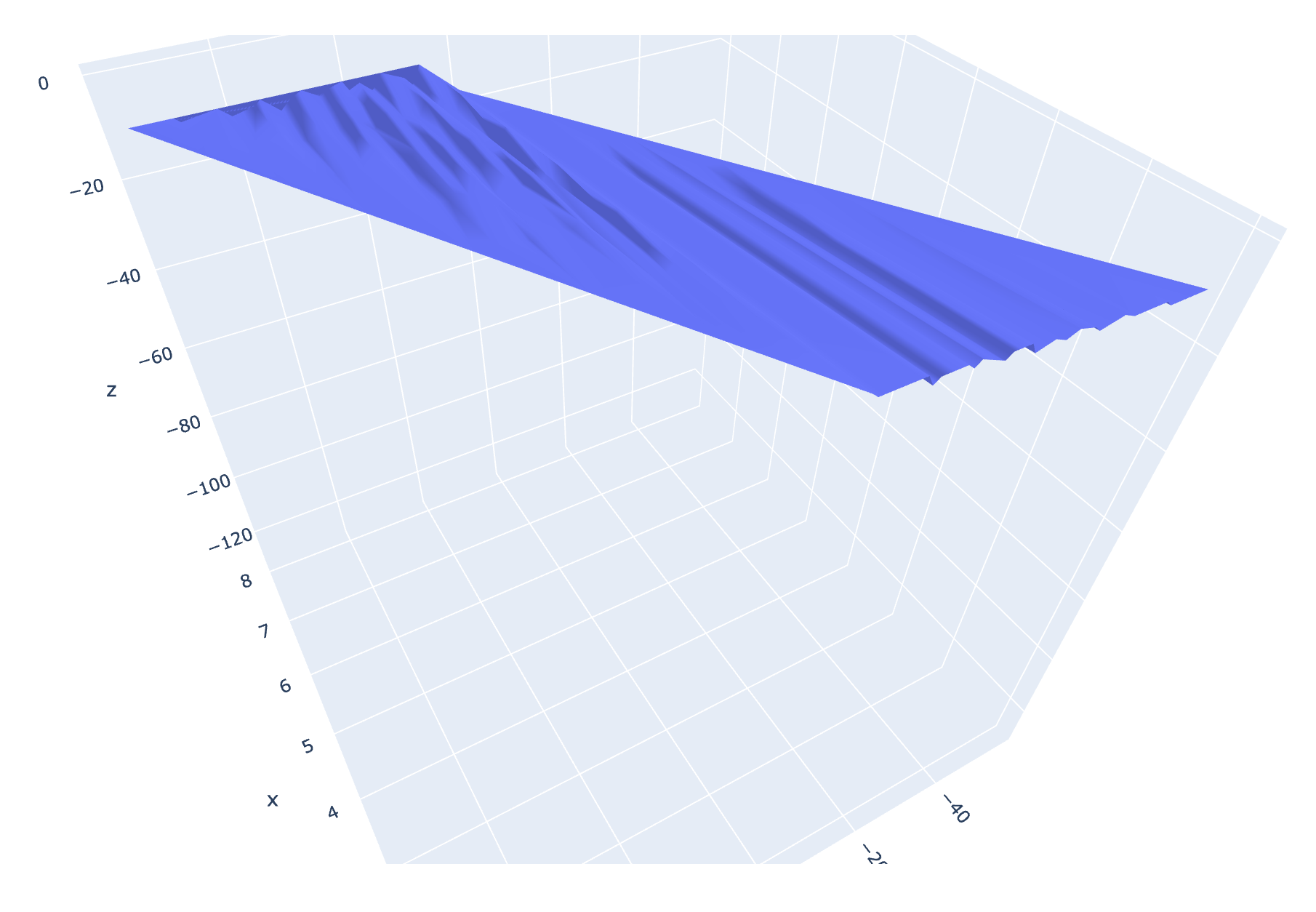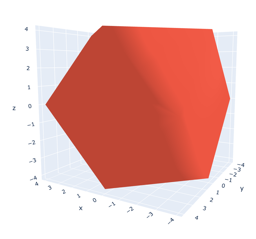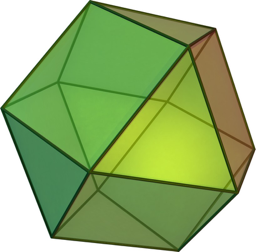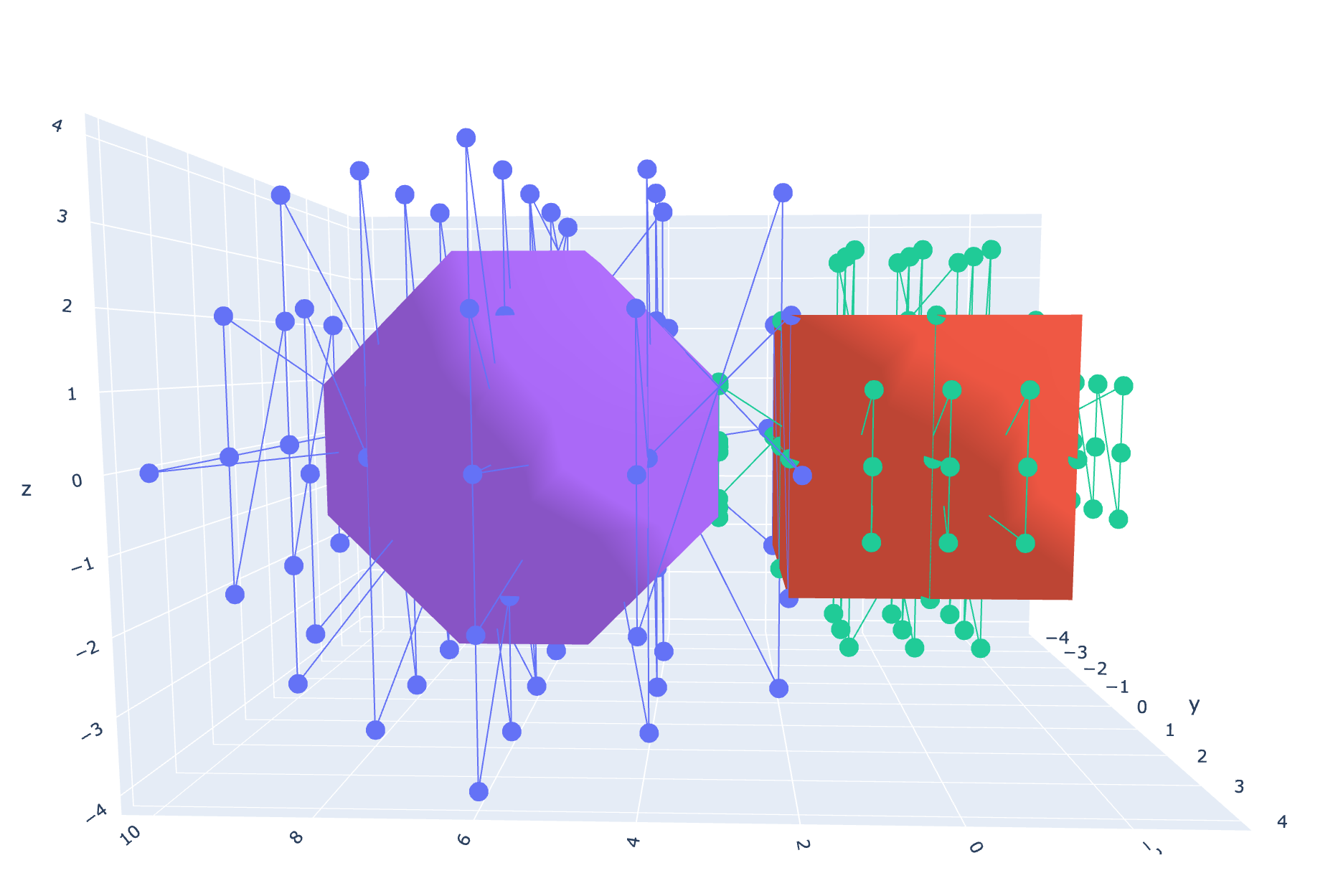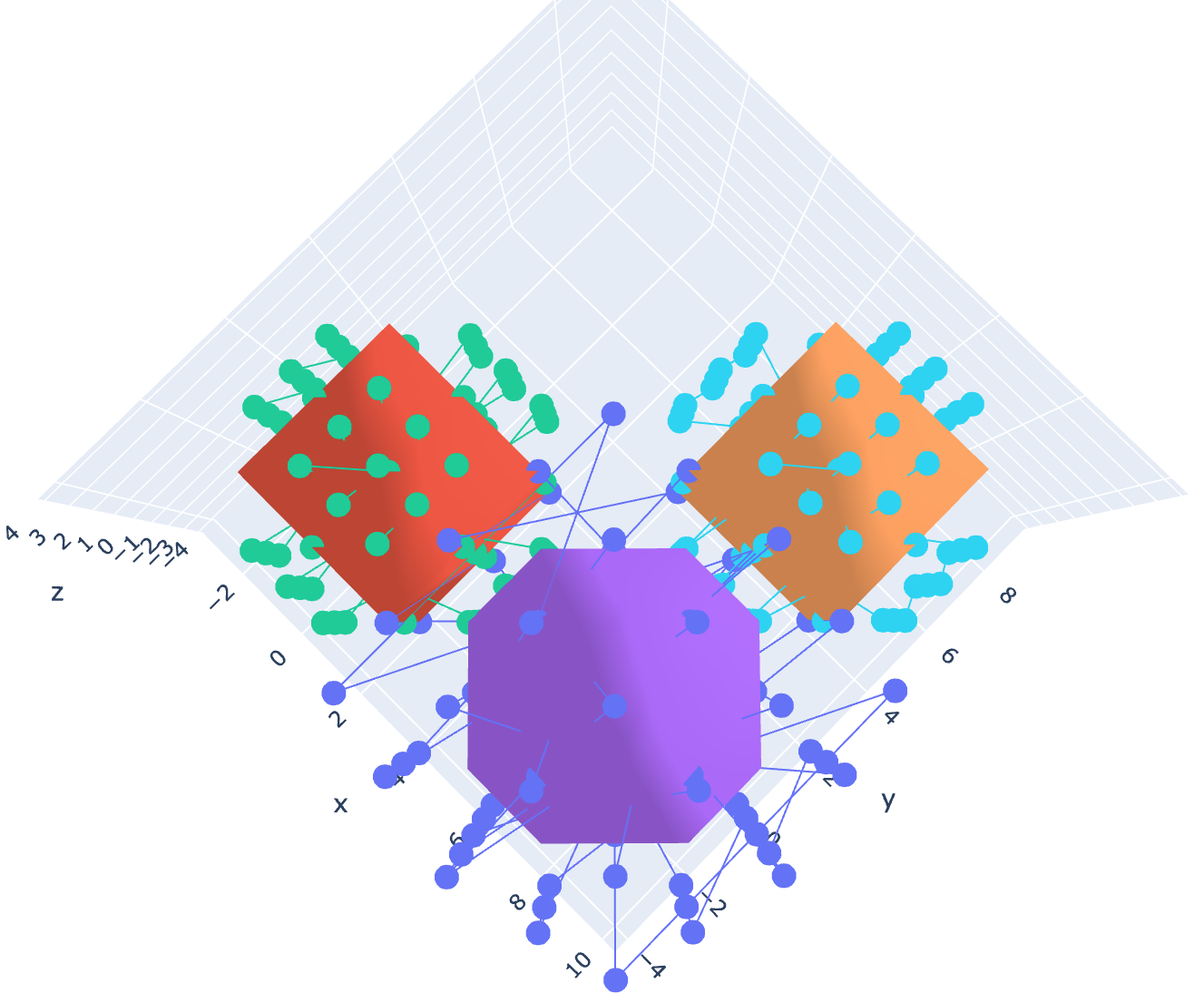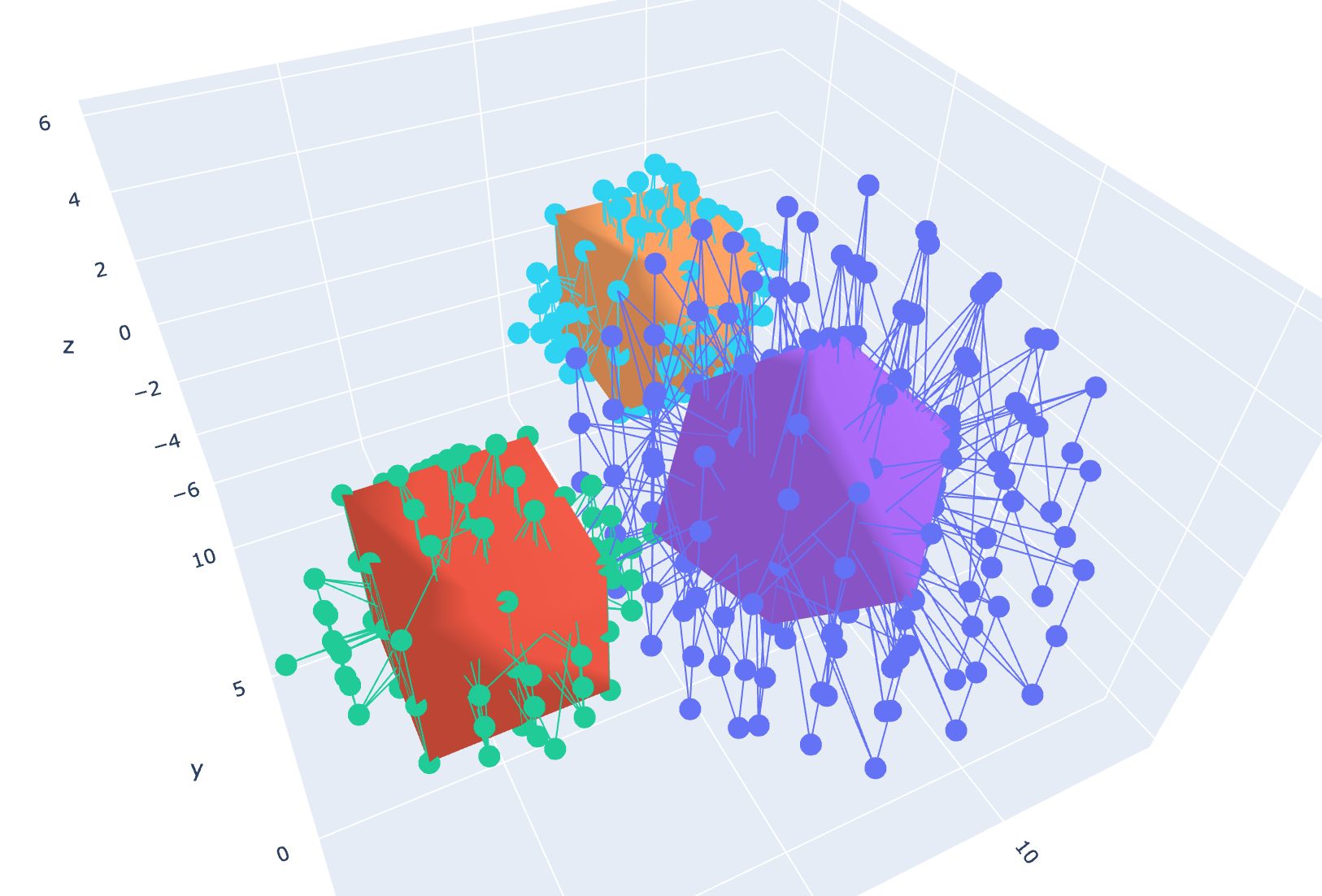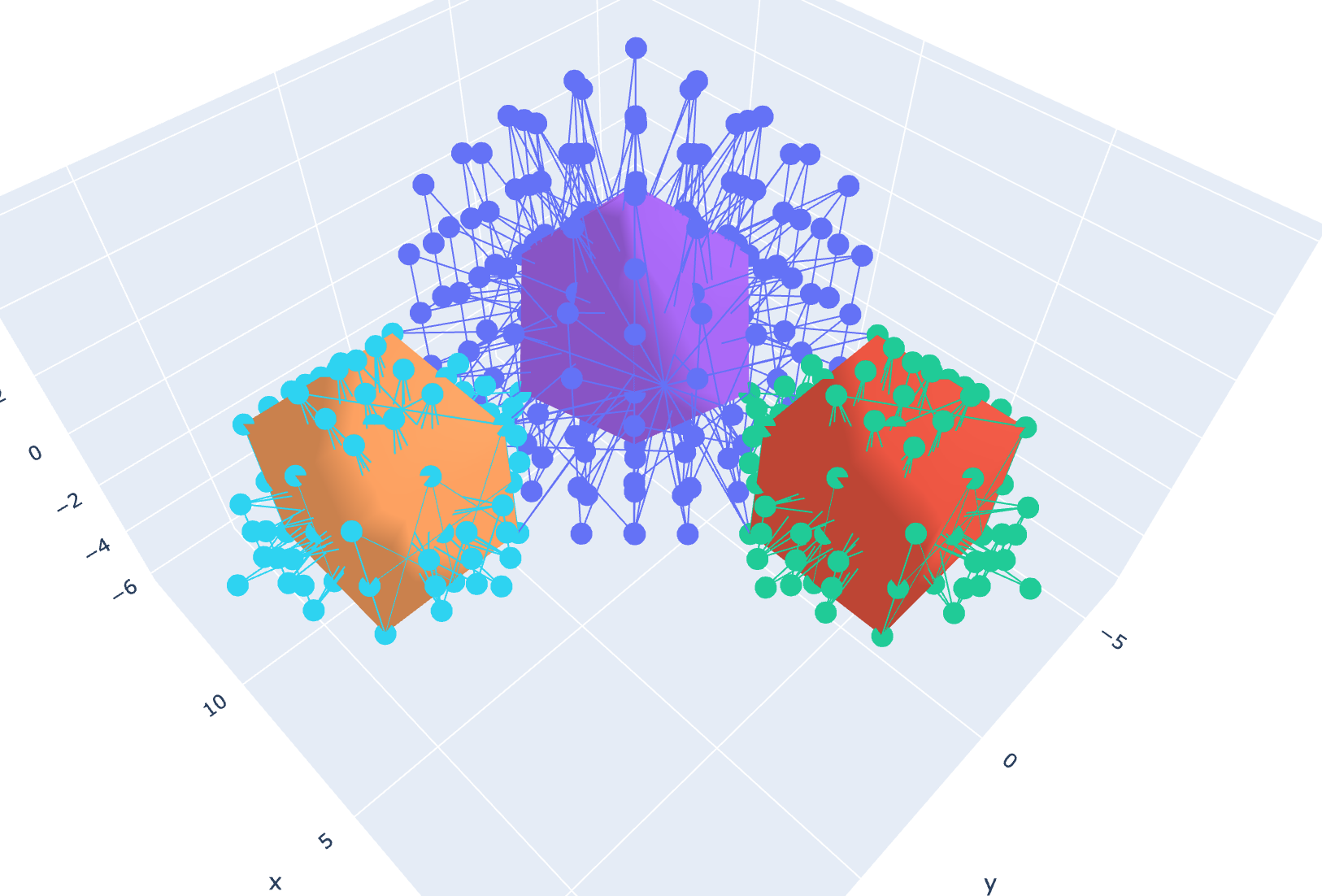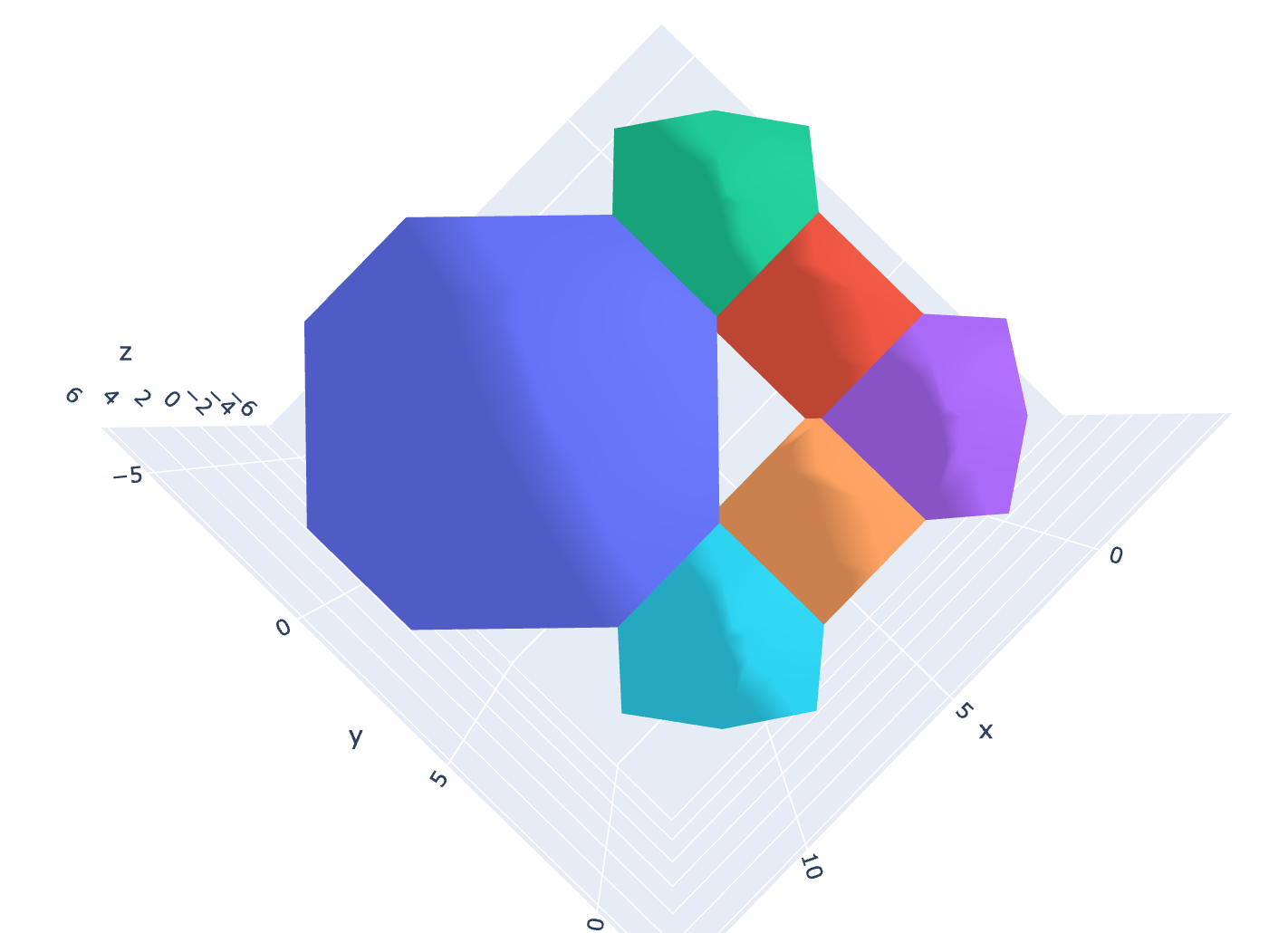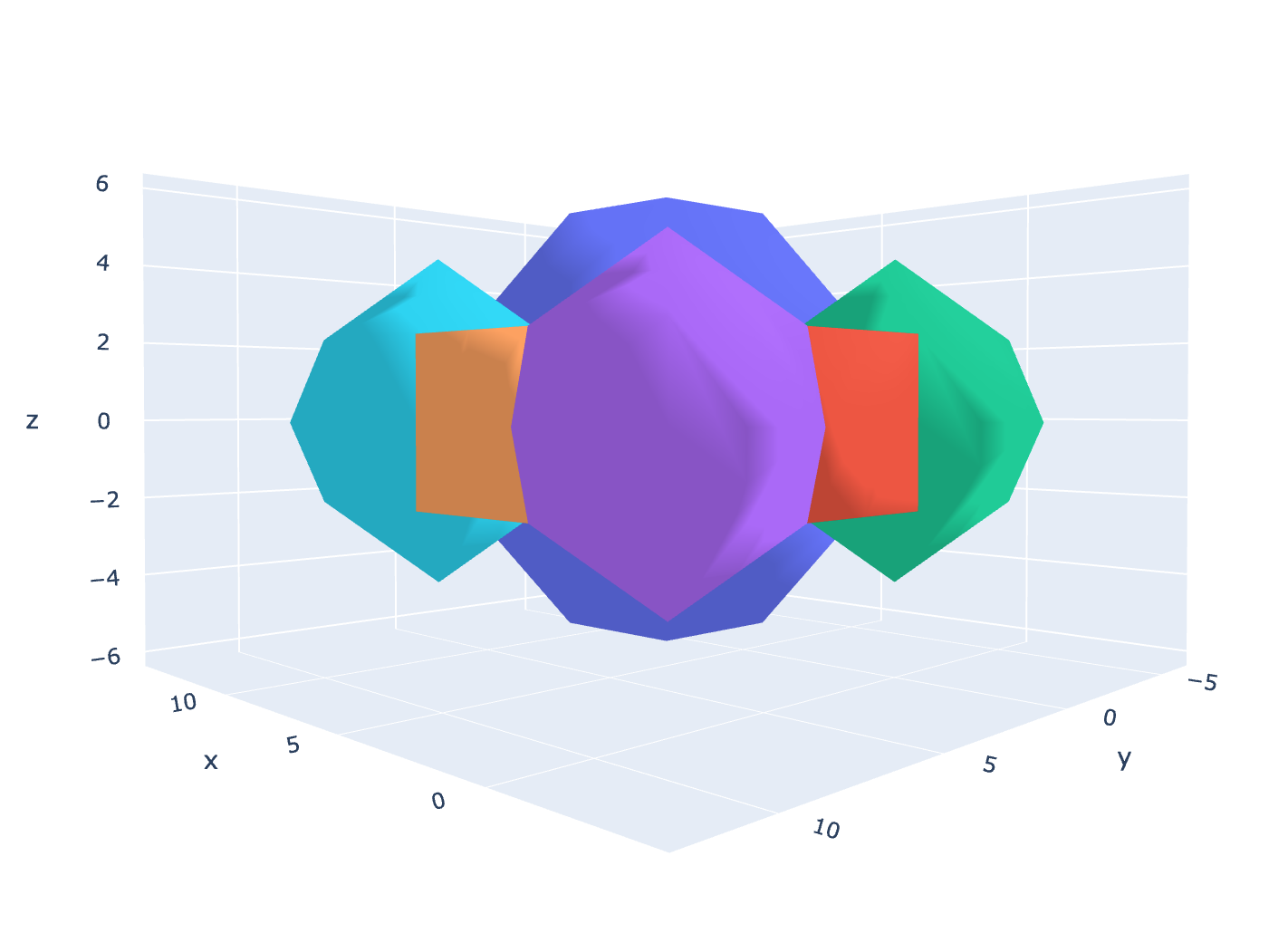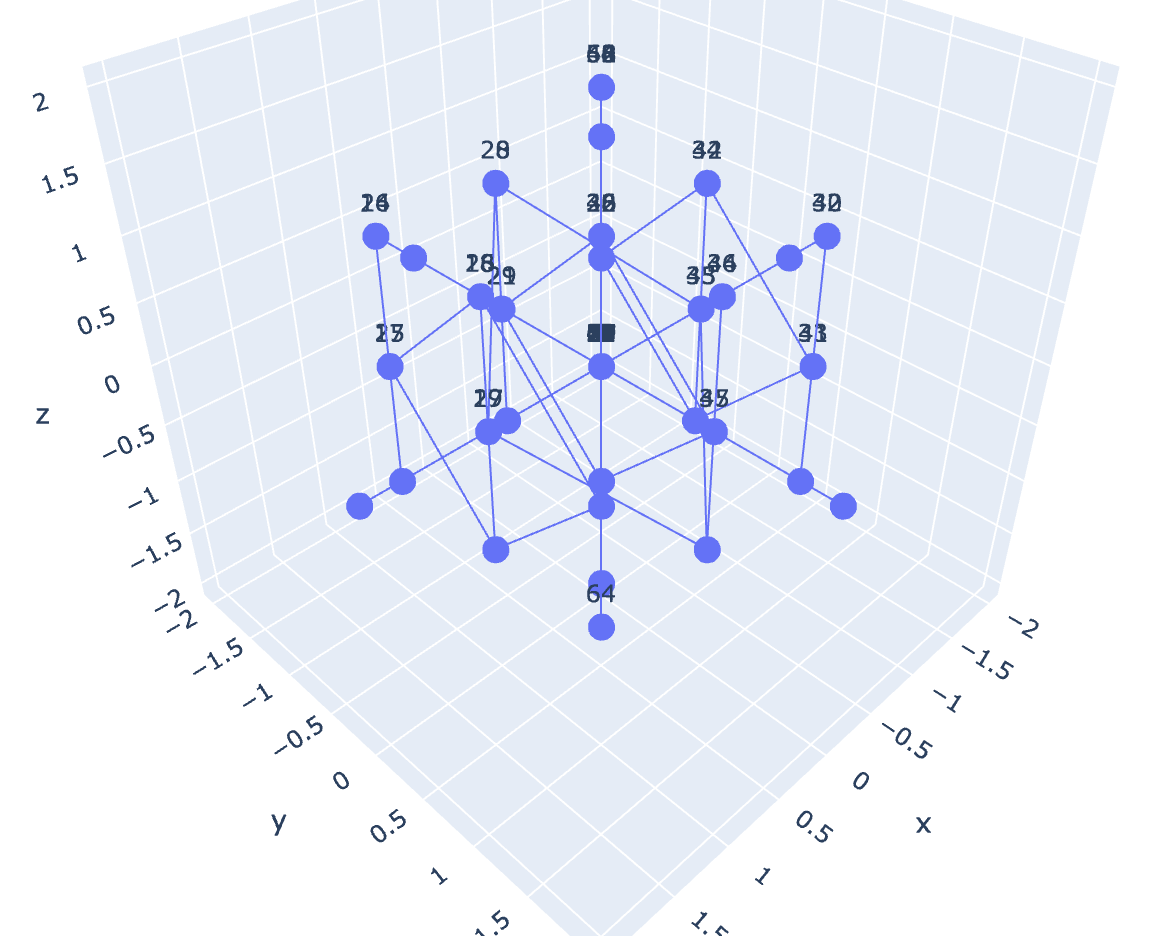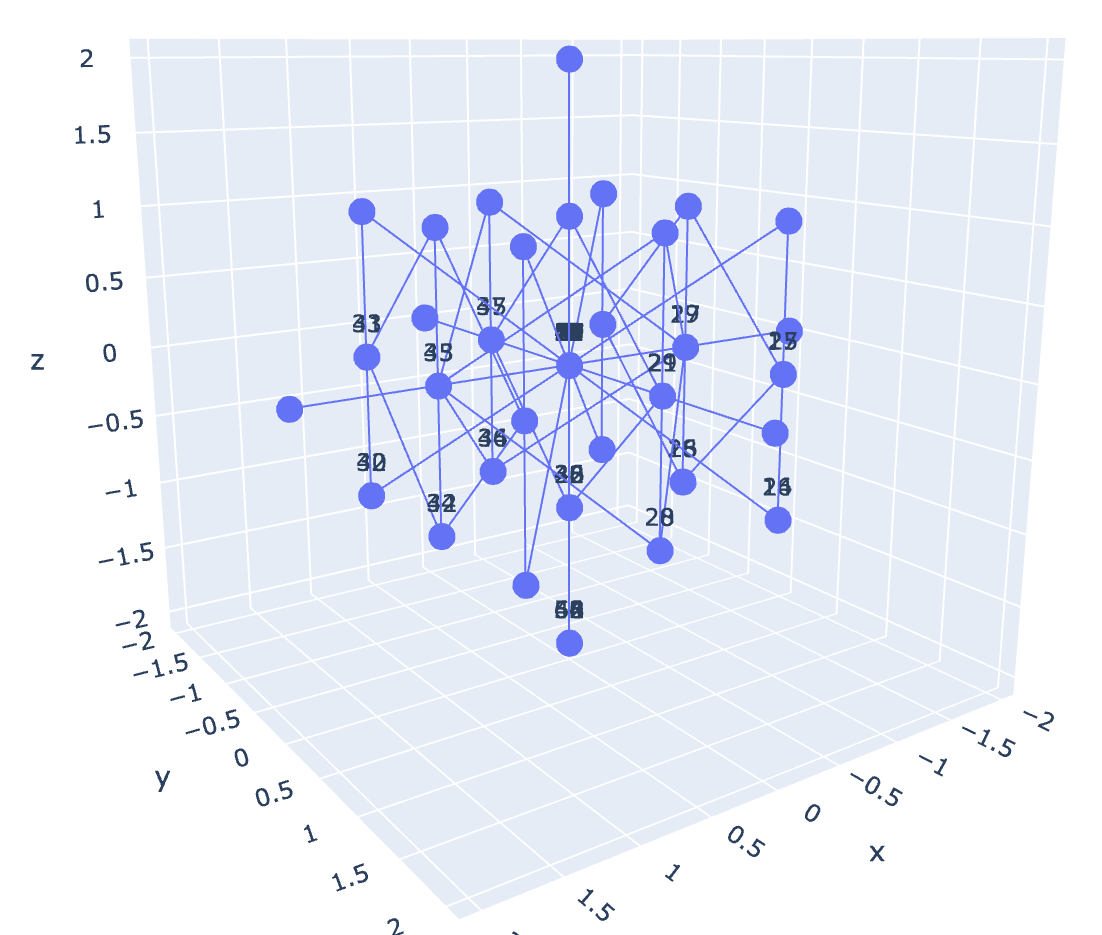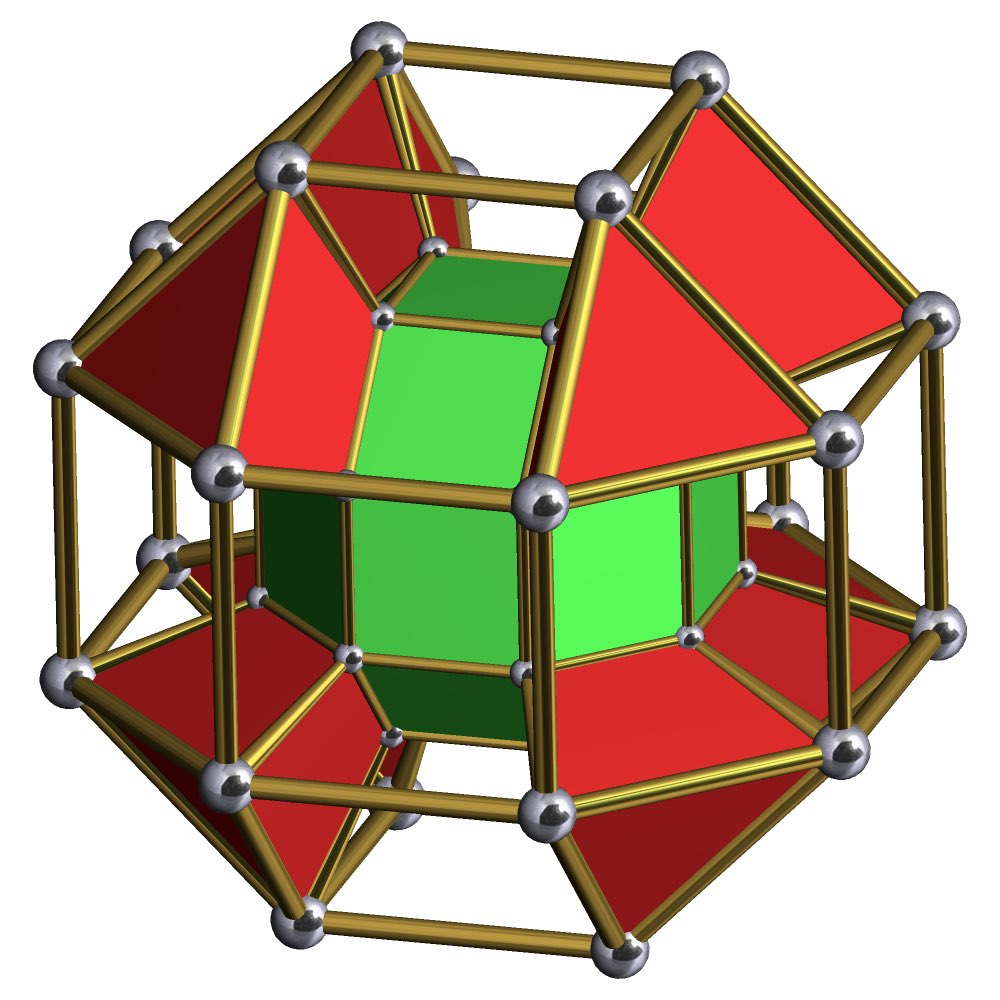Dimensional Gate Quaternion Multiplication, Quarks & Polyhedra
Christopher C. O’Neill
chris.ozneill@gmail.com
10 December 2020
Abstract
Using Quaternion Multiplication, and the methods of Dimensional Gate Operators, we can construct various polytopes, including; rhombic dodecahedra, rhombicuboctahedra, cubes and their various polyhedral composites. The relevance of this method to Quantum Mechanics is further explored and discussed.
Keywords
Quantum Physics, Mathematics, QCD, Quantum Chromo Dynamics, Quaternions, Quarks, Gluons, polyhedra, hyper-dimensional, 4D.
Introduction
The Universe is founded on mathematical principles. But what kind of mathematics? Is it algebraic? Or something else? Anyone with even a cursory familiarity with algebra knows that much of its application is in the area of determining the values of unknown constants and variables. This is incredibly useful from a human perspective, as it offers us a means to ascertain, what was previously unknown. But does the Universe operate like this?
Probably not.
The Universe already ‘knows’ the values of all the variables, it doesn’t need to find them out. That doesn’t mean that these constants and variables are not handled in the manner which mathematics dictates they are. In fact, it is hard to see how it could be any other way. An important indication that this is the case are the repeated relationships between various mathematical principles and the results of experiment.
But the previous point still holds true. Just because we can’t determine the value of the square root -1, doesn’t mean that the Universe doesn’t implicitly know that value. Just because we don’t know the order in which two quaternions were multiplied to arrive at a particular value, doesn’t mean that the Universe is not aware of it. In fact, if quaternions are a feature of the Universe — and a large amount of research into Quantum Physics would suggest that they are — then the Universe is constantly availing of this 4-dimensional space and has a complete record of all operations in said space.
Not so for us humans. In order to deal with the confounding nature of imaginary and complex numbers, we are forced to use algebraic placeholders like ‘i’. As we increase the dimensions, so the number of our placeholders increase, to include; j, k, and en. In order to get a handle on these unknown variables and their lack of order and commutativity, we need to translate them into Norm Division Algebras. But the number of these algebras increases with each step. There are Exceptional Lie Algebras and Clifford Algebras, Exceptional Jordan Algebras, not to mention the endless relationships between these and rotation matrices like O(n), SO(n), U, SU2, SU3, 5 and so on.
All of a sudden, it appears that our tools for understanding the Universe are becoming more of a hindrance than a help. Perhaps, we should consider that while Norm Division Algebras are crucial for how humans understand and do mathematics, they might not be crucial to the Universe, which already knows all of the aspects of itself that we wish to learn.
In ‘Reimagining Complex Numbers’, I showed how there exists another equally valid way to do arithmetic that allows for √-1 to be a real numbered value, without the need for arbitrary square operations. I also showed how it is possible to describe what is going on in the Complex Plane without the need for algebraic placeholders like the letter ‘i’, and which has no reality in the physical world.
To clarify, I am not suggesting that Complex Numbers and other higher-dimensional algebras like the Quaternions and Octonions should be abandoned. On the contrary, complex numbers are absolutely invaluable in many areas of mathematics, physics, chemistry, and engineering and their mystery and usefulness will never be diminished. Furthermore, I think it is best to avail of all the tools in our mathematical toolbox.
Therefore, I have decided to apply the rules of Dimensional Gate Operators to the Quaternions to see what will emerge. This method should allow us to use the Quaternions directly, without the need for complex, esoteric and laborious mappings to one of a growing number of exceptional algebras and the results could lead to a much broader area of research and applications in the area of Quantum Physics.
Quaternions to the Present Day
Quaternions were invented by Irish Mathematician William Rowan Hamilton in the 1840s. Hamilton spent a great deal of energy promoting his new mathematics, by getting it recognised in journals and even going as far as to set up his own school of mathematics, where the principles of Quaternions were taught. But despite his best efforts, the method did not catch on. Simply put, no-one knew what to do with these strange 4-dimensional numbers. They couldn’t be easily multiplied or divided and so they remained fallow, lying in the dusty toolbox of forgotten mathematics.
Then, around a hundred years later, a very interesting thing happened. The Theory of General Relativity emerged and announced that the material of the Universe was a stretchy 4-dimensional spacetime fabric. Now, there was suddenly a need for a 4-dimensional algebra to describe this new space time. And out of the shadows, stepped the Quaternions…
Since, then the Quaternions have been used in many applications to do with General Relativity and Quantum Mechanics. But is perhaps in the latter that they have achieved the most success. The importance of vectors, eigenvectors and eigenvalues in late 19th Century mathematics made certain that the Quaternions could be used as a kind of four-dimensional vector.
Vector Quaternions
If we define a set of quaternions v(a, b, c, d) and multiply them by a second set of quaternions v(e, f, g, h) over a range of real numbers, we can produce a total of 8!/3!(8!-3!) = 56 unique perspectives on this four-dimensional object. Most of these perspectives are of interest to no-one. For instance, if we were to simply plot the vectors b, c, and d, we would only fill the space with numbers in a uniform and uninteresting way. But, if we just focus on graphing f, g, h, something very interesting happens:

Fig 1. DGO Quaternion multiplication over the range(-2, 2).
We get a discrete form…

Fig 2. Alphahull = 0 of Fig 1 reveals a rhombic dodecahedron.
And not just any form, by applying alphahull=0, we can see (at least partially) that this is a rhombic dodecahedron (or rather a 4-dimensional rhombic-dodecahedron). The rhombic dodecahedron is the eighth Catalan Solid. It has 12 faces, 24 edges and 14 vertices. Koch and Koch have also derived Catalan solids from Coxeter 3d root systems using Quaternions. But I wonder if this is really a surprise, seeing as how the maps for these solids are implicit in the root systems.[1] Simply by multiplying two quaternion vectors together over a range of values and graphing their results, we can construct a Catalan Solid, without any need for Coxeter symmetries. This requires no extra math other than the quaternions themselves. It simply drops right out of the computation.
This implies that the eight-fold symmetries of the Catalan solids are somehow implicit in the mathematics of the Quaternions. If that’s the case, then perhaps the raw Quaternions aren’t as disordered as they appear to be.






